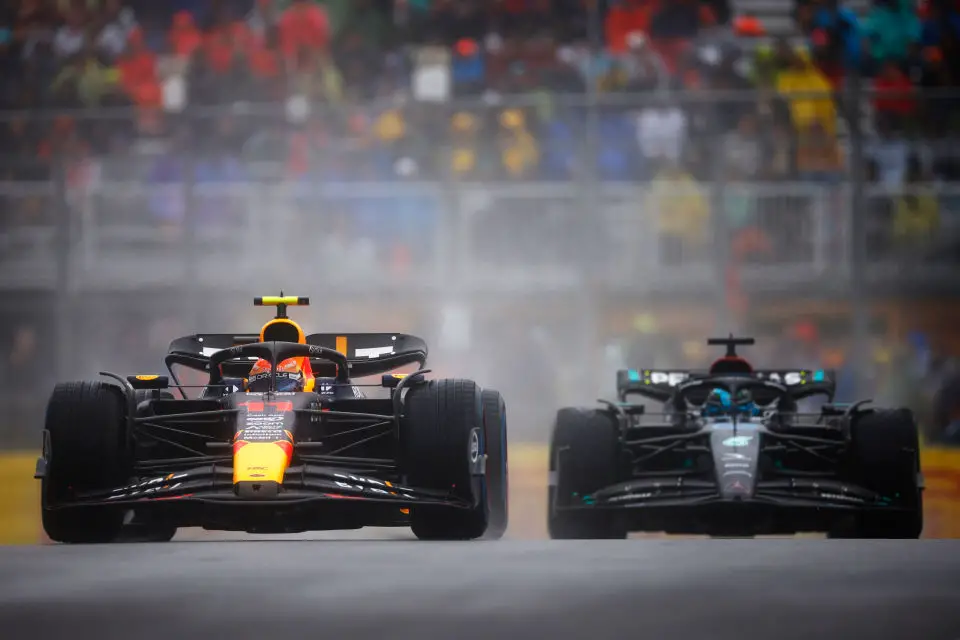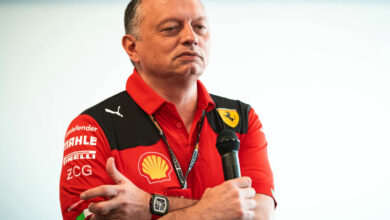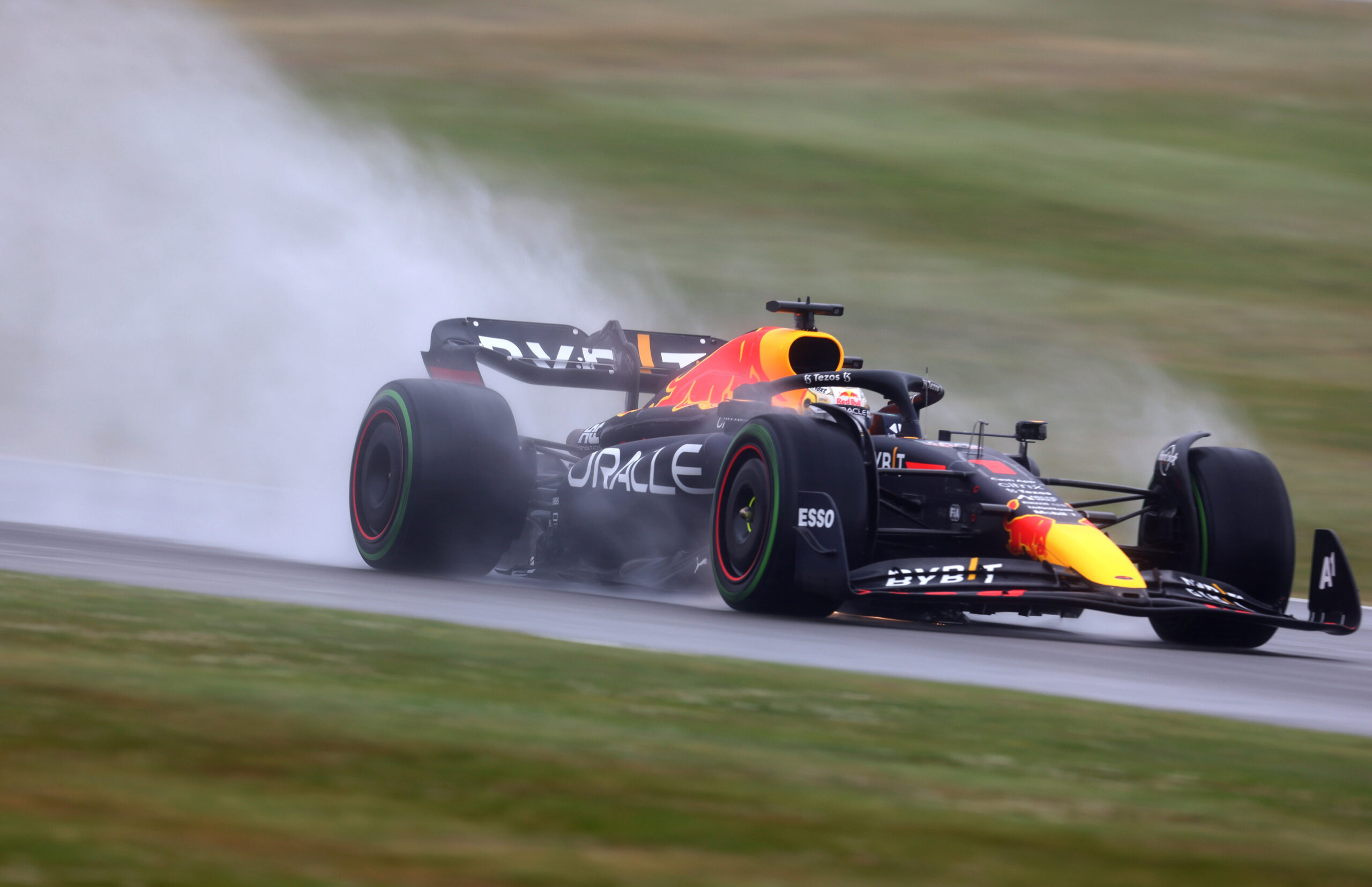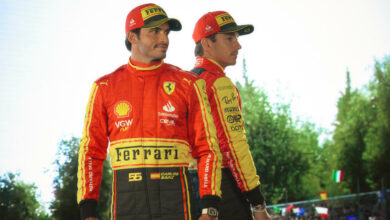Mercedes Faces Crucial Decisions: Expert Warns Against Copying Red Bull’s F1 Design for 2024
In a recent discussion, Formula 1 design expert Gary Andersson cautioned Mercedes against merely imitating Red Bull’s RB19 design for their 2024 car, emphasizing the potential risks of such an approach. He stressed the importance of understanding and adapting aerodynamic philosophies rather than relying on a superficial copy.
Key Takeaways:
- Risk of Replication: Andersson warns Mercedes that simply copying Red Bull’s RB19 design could backfire, as a car’s performance is deeply rooted in its unique aerodynamic philosophy and not just its external appearance.
- Understanding Over Imitation: The expert emphasizes the necessity for Mercedes to comprehend the underlying principles of their competitors’ designs, highlighting that successful adaptation involves more than just external similarity.
- Mercedes’ Broader Challenges: Beyond design issues, Mercedes faces several operational challenges, including inconsistent race strategies and pit stops. Andersson believes identifying and addressing these issues is crucial for the team to return to its former glory.

As the 2024 Formula 1 season approaches, Mercedes finds itself at a critical juncture. The team, pressured to deliver a race-winning car, has been experimenting with various strategies to enhance the performance of their W14. Amidst this, the suggestion to adopt a design akin to Adrian Newey’s dominant RB19 has gained traction, especially considering the team’s struggles.
Gary Andersson, a respected figure in the F1 design world, has voiced a crucial warning in this context. In his comments to the Telegraph, Andersson cautioned against a straightforward replication of Red Bull’s design. He metaphorically compared the process to baking, where following the same recipe does not guarantee an identical outcome. This analogy underlines the complex interplay of aerodynamics, driver confidence, and overall car performance, which cannot be replicated by mere visual imitation.
Further delving into the intricacies of F1 car design, Anderson pointed out the vital role of understanding the aerodynamic philosophy behind a successful car. He argued that a car’s exterior similarity to a successful model does not ensure similar performance due to differing underlying principles.
Moreover, Andersson highlighted broader issues plaguing Mercedes, including inconsistencies in their race strategies and pit stops. He suggested that identifying and rectifying these problems is as crucial as resolving design flaws.
The challenge for Mercedes, as Andersson articulated, is not just about enhancing their car’s design. It’s about a comprehensive reassessment and improvement across various facets of their operation. This is particularly poignant given Mercedes’ history as an eight-time Constructors’ Championship winner. The team’s current struggles stand in stark contrast to their past achievements, underscoring the urgency for a strategic overhaul.
As the F1 landscape continues to evolve, Mercedes’ response to these challenges will be closely watched. The team’s ability to adapt, innovate, and overcome will not only define their 2024 campaign but also set the tone for their future in the sport.



